When one believes that a good design isn’t just a good business, but a moral obligation, they are bound to create revolutionary furnishings that have the power to truly better human experience. For Bill Stumpf, effective design was all about comfort.

May 4th, 2021
The idea of ethical responsibility being intricately connected to the design process is the core of Bill Stumpf’s incredible legacy – and it permeates Herman Miller’s design practice to this day. With comfort as the main focus of his work, Stumpf completely revolutionised its perception in the office environment, forever elevating the quality of physical, emotional, and psychological human experience at work and beyond.

Bill Stumpf
It all started with a chair – and with the disparity Stumpf noticed between straight lines and sharp edges of the office furniture of the era and the biomorphic shape of the human body. As a result, in 1976 – equipped with over 10 years of research and advice from leading orthopaedic surgeons and cardiovascular specialists – Stumpf and Herman Miller launched Ergon, the first-ever ergonomic chair. Designed with the anthropoid form in mind, Ergon introduced the idea of a curvilinear, rounded and more tactile work seating experience – and ever since, chairs with harsh angles and unpleasant textures have had no place in an office setting.

Stumpf’s initial diagrams depict his thoughts about arch support and the requirements of an ergonomic chair.
Stumpf set out specific criteria that would inform Herman Miller’s future designs. The standards, which with time have evolved to 22 salient points, require the furnishing to be perceived as comfortable – even before and after the user sits in them; to enhance the appearance of a person sitting in a chair; to embrace the body – not just allow postural movement and to provide support both for the sacrum and the lumbar part of the spin. Lastly, the chair should be easy to adjust and friendly to all the body parts in contact with the furniture.

This set of principles have informed every one of Herman Miller chair designs since the launch of Ergon. That includes some of the most popular models such as Mirra, Equa and the coveted Aeron, which Stumpf co-designed with Don Chadwick. Even though Aeron’s design has evolved since inception in response to the changing requirements of a modern workplace, the latest research around the science of sitting, and advancements in materials, manufacturing and technology, the iconic form of the chair has remained largely unchanged – and so has its design purpose: to be a well-being conscious, versatile, inclusively sized and environmentally aware offering for a modern worker.

Building on Bill Stumpf’s legacy, Herman Miller continues to deliver the best quality ergonomic seating on a global scale. With their task chairs firmly rooted in decades of ergonomic research, experimentation and analysis, the company has been honouring Stumpf’s life’s work by prioritising the physical, psychological and emotional well-being of the user. Equally committed to the well-being of the planet, Herman Miller’s performance seating collection is made with recycled and recyclable materials. That, in turn, makes it easy for architects and designers to feel as much comfort about specifying Herman Miller task chairs as the consumer does when sitting in them.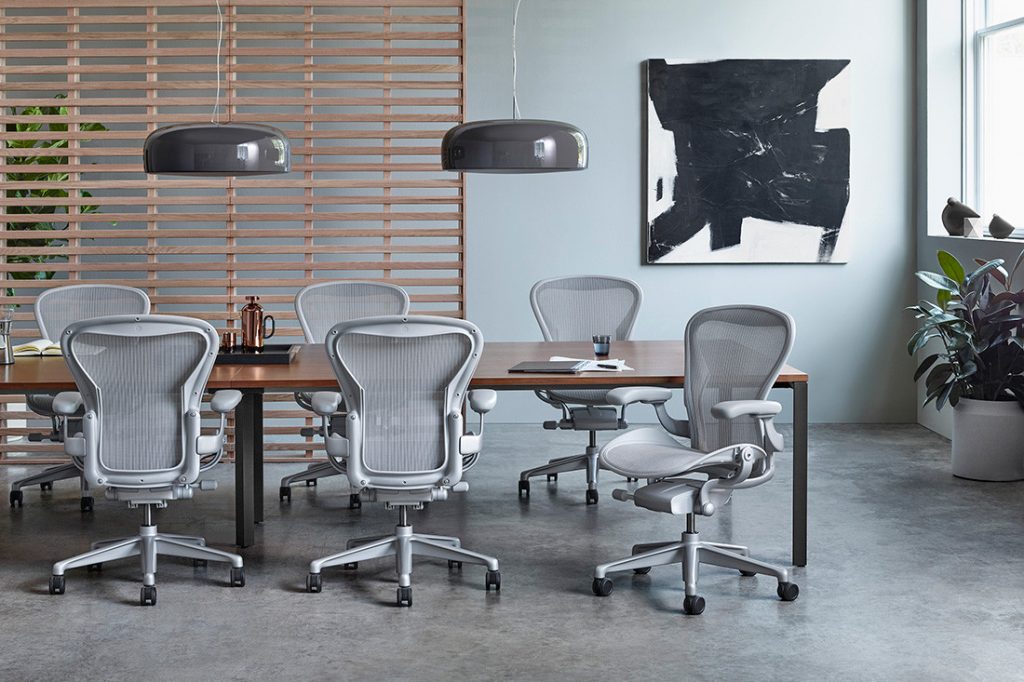
Feel the effects of a good day’s sit. Discover Herman Miller’s performance seating collection here.
INDESIGN is on instagram
Follow @indesignlive
A searchable and comprehensive guide for specifying leading products and their suppliers
Keep up to date with the latest and greatest from our industry BFF's!
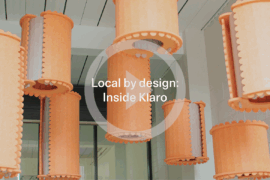
In an industry where design intent is often diluted by value management and procurement pressures, Klaro Industrial Design positions manufacturing as a creative ally – allowing commercial interior designers to deliver unique pieces aligned to the project’s original vision.
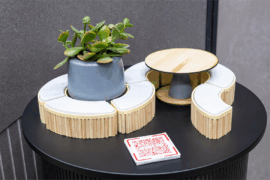
From the spark of an idea on the page to the launch of new pieces in a showroom is a journey every aspiring industrial and furnishing designer imagines making.
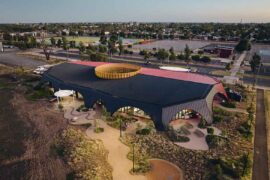
At the Munarra Centre for Regional Excellence on Yorta Yorta Country in Victoria, ARM Architecture and Milliken use PrintWorks™ technology to translate First Nations narratives into a layered, community-led floorscape.
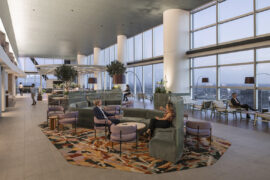
Designed by Woods Bagot, the new fit-out of a major resources company transforms 40,000-square-metres across 19 levels into interconnected villages that celebrate Western Australia’s diverse terrain.
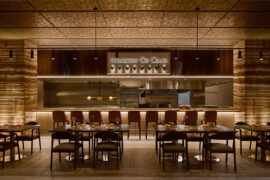
After more than two decades at Architects EAT, Eid Goh launches AIR, a new Melbourne-based studio focused on adaptive reuse, hospitality and human-centred design across commercial and civic projects.
The internet never sleeps! Here's the stuff you might have missed
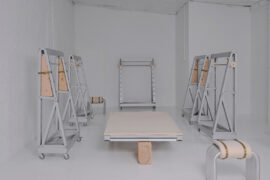
Melbourne-based Studio Edwards has designed Shift+Space, a modular system under the banner of ‘adaptive retail architecture’. Ben Edwards tells us more.
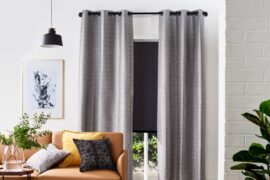
A lighter, roomier feel in your space can start at your window.